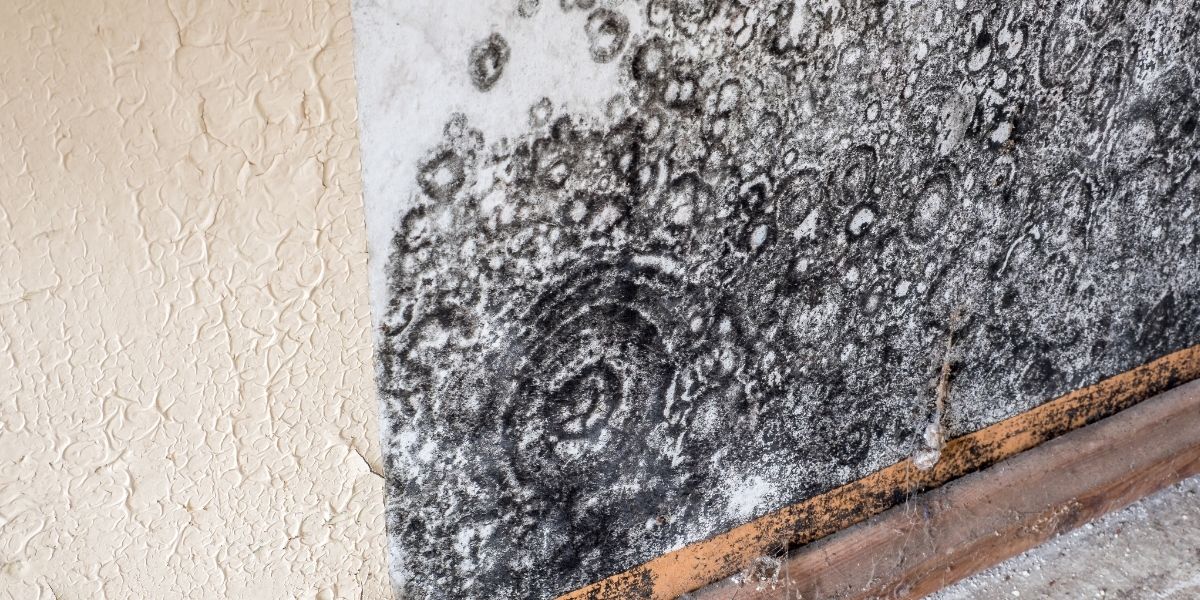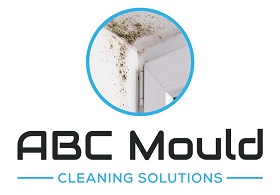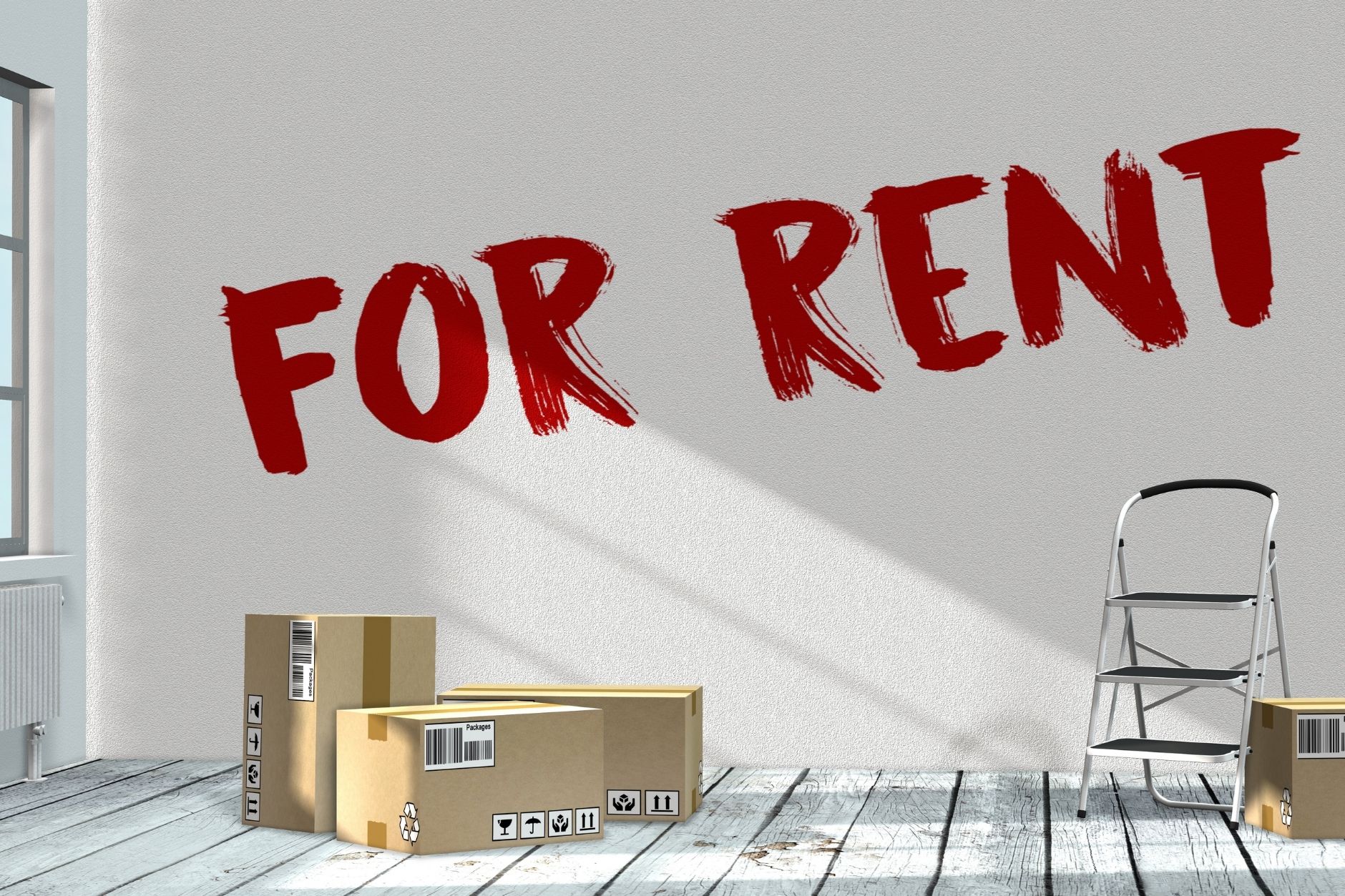How to Deal with Mould in a Rental Property
If you are a renter, it’s important to be aware of your rights when it comes to mould. Many renters don’t know what to do when they encounter mould in their rental property and often end up dealing with the issue improperly. In this blog post, we will discuss how to deal with mould in a rental property. We will provide information on how to deal with mould in a rental property and who to call for mould removals Sydney service. Keep reading.

What Causes Mould in Rental Properties?
Mould spores are everywhere, and they only need the right conditions to grow. This includes warm, wet and dark environments. So, what can cause mould in rental properties? There are a few main causes of mould in rental properties:
Water Damage
When water damage to a property can create the perfect environment for mould to grow. If the water isn’t cleaned up and dried quickly, the mould will start to grow.
Leaky Roofs
A leaking roof can also cause water damage and lead to mould growth. The water will drip down the walls and into the floors, creating the perfect environment for mould to grow.
Poor Ventilation
If a property doesn’t have good ventilation, it can create the perfect environment for mould to grow. This is because the air won’t be able to circulate properly, and the moist air will create the perfect conditions for mould growth.
If you suspect that mould may be growing in your rental property, it is important to take action quickly. Inform your landlord, so she or he can call mould removals Sydney to deal with the problem quickly.
Types of Mould: White Mould vs. Black Mould
There are two types of mould: white mould and black mould. Black mould is the more dangerous type of mould and can cause health problems if inhaled. It produces mycotoxins, which may be dangerous and can cause respiratory problems, skin irritation, and other health issues.
White mould, on the other hand, is not as dangerous as the black mould. It can easily be removed with a bleach solution. However, if left untreated, white mould can turn into black mould.

Who is Responsible for Mould in a Rental Property?
Mould in a rental property can be a big problem. It’s important to know who is responsible for dealing with it before the problem gets out of hand. In most cases, the landlord is responsible for dealing with mould. However, there are a few exceptions. If the mould is caused by something that the tenant did or failed to do, then the tenant may be responsible. For example, if the tenant didn’t properly maintain the property or allow water to accumulate, then the tenant may be responsible for the mould.
Here are the responsibilities of the landlord:
- The landlord is responsible for ensuring that the property is free of mould.
- If the landlord becomes aware of mould in the property, they must take steps to remove it.
- The landlord must also ensure that any water damage is repaired as soon as possible.
- If the tenant reports mould to the landlord, the landlord must take action within 24 hours.
Here are the responsibilities of the tenant:
- The tenant must keep the property clean and free of mould.
- If the tenant notices any mould, they must report it to the landlord immediately.
- The tenant must also follow any instructions from the landlord regarding mould removal.
- If the tenant causes the mould, they may be responsible for cleaning it up and repairing any damage.
It’s important to know your rights as a renter when it comes to mould. If you’re having trouble dealing with mould in your rental property, contact your local tenancy office for help. A mould removals Sydney services can also help you remove the mould from your property.
Can I Sue My Landlord for Mould in my Apartment?
If you are a renter and have discovered mould in your apartment, you may be wondering if you can sue your landlord. The answer to this question if you can sue your landlord for mould in your apartment is: it depends. In some cases, renters may be able to sue their landlords for damages related to mould exposure. However, in other cases, renters may not be able to sue their landlords. This is because some of the causes of mould in an apartment may be the fault of the tenant or maybe unpreventable.
Depending on the conditions, you may be entitled to get compensation for mould damage:
- If you can prove that your landlord was negligent in their duties, you may be able to sue for damages related to your exposure to mould.
- If you can prove that the presence of mould has caused you physical or emotional harm, you may be able to sue for those damages as well.
- If the mould is due to a defect in the property, such as a leaky roof and your landlord neglect the problem, you may be able to sue for the cost of repairs.
If you have been exposed to black mould, you should consult with an attorney about your rights. Black mould can cause serious health problems.

What to do if My Rental Property has Mould?
If you’re a renter and your rental property has mould, it’s important to take action right away. Mould may cause health problems, so you need to get rid of it as soon as possible. Here are some steps to take:
Step 1: Confirm the Presence of Mould
The first step is to confirm that there is actually mould in your rental property. You can do this by checking for the following signs:
- Mould spores, which are black or green and look like tiny mushrooms
- Bad odour like rotting wood or earth
- Water stains on walls, ceilings, or floors
- Peeling paint
- Water damage or excess moisture
If you see any of these signs, there is a good chance that you have mould in your rental property.
Step 2: Inform Your Landlord
Once you have confirmed the presence of mould, the next step is to inform your landlord on how to deal with mould in a rental property. They need to be made aware of the issue so that they can take action to get rid of the mould.
Step 3: Remove All Mouldy Items
The next step is to remove all mouldy items from your rental property. This includes furniture, carpets, curtains, and any other items that may be affected. If you’re not sure if an item is mouldy, it’s best to err on the side of caution and remove it.
Step 4: Wait for the Mould to be Removed
Once you have removed all mouldy items, you need to wait for the mould removal process to be completed. A mould removals Sydney service will do a mould inspection on the property and remove all mouldy material.
Step 5: Clean the Rest of Your Rental Property
Once the mould has been removed, it’s important to clean the rest of your rental property. This includes all surfaces, floors, and walls. You can use a bleach solution or another cleaning product to do this.
Mould can be a serious issue, so it’s important to take action if you see any signs of it in your rental property. By following the steps above, you can get rid of mould and protect your health.
Can I Refuse to Pay the Rent if there is Mould?
In most cases, you are not able to refuse to pay rent if there is mould in your rental property. However, you may be able to take action to get the mould removed and/or receive compensation for the damage that it has caused.
This is a question that many renters face when they discover mould and do not know how to deal with mould in a rental property. It can be a scary and stressful situation, but it is important to know your rights before taking any action.
If you are a renter and you have discovered mould in your rental property, the first thing you should do is talk to your landlord. They may not be aware of the issue, and they may be willing to work with you to get it fixed. If the landlord does not take action, or if the mould is causing significant damage, you may be able to take legal action. You should speak to a lawyer about your specific situation, as the law can vary from province to province.

How Long Does a Landlord Have to Fix a Mould Problem?
The answer to how long does a landlord have to fix a mould problem depends on the province or territory where you live. In most cases, landlords have a reasonable amount of time to fix the problem, but they may be subject to fines if they don’t take action. Generally, landlords have between one and four weeks to address a mould issue, depending on the province or territory.
Landlords have a legal obligation to ensure that their rental properties are free from health and safety hazards, including mould. If you’re dealing with a mould problem in your rental property, you may be wondering how long the landlord has to fix it. A mould removals Sydney company can help you determine how severe the mould problem is and what steps need to be taken to address it.
If you’re having trouble getting the landlord to address the problem, you may want to contact your local health authority or housing authority for help. They can provide advice on how to proceed and may be able to assist you in getting the landlord to take action.
Mould Spreading Prevention Tips for Renters
If you’re a renter and your landlord doesn’t seem to be fixing the mould problem in your rental property, there are a few things you can do to try and prevent the mould from spreading.
Tip 1: Keep a close eye on the mould and note any changes
If you see that the mould is spreading, growing, or becoming more aggressive, take pictures and videos as evidence and contact your landlord immediately.
Tip 2: Try to keep the humidity levels low
Mould thrives in humid environments, so try to keep the humidity levels in your home below 50%. You can do this by using a dehumidifier, airing out your home regularly, or closing the windows during humid weather.
Tip 3: Clean up any water damage immediately
If you see any water damage, try to clean it up as soon as possible. Mould can start to grow in as little as 24 hours, so it’s important to act quickly.
Tip 4: Use a mould inhibitor
If you’re worried about the mould spreading, you can use a mould inhibitor to help stop it from growing. There are a few different types of mould inhibitors available, so talk to your landlord or local hardware store to find out which one would be best for your home.
Tip 5: Keep a record of all conversations and correspondence with your landlord
If you’re having trouble getting your landlord to fix the mould problem, it’s important to keep a record of all conversations and correspondence. This can help prove that you’ve been trying to get them to fix the problem and can also be used as evidence if you need to take legal action.
Tip 6: Get in touch with your local rental board or tenant association
If you’re having trouble getting your landlord to fix the mould problem, you can get in touch with your local rental board or tenant association. They may be able to help you get the problem fixed or provide you with some advice on what to do next.
If your landlord still doesn’t fix the mould problem, you may want to consider moving out of the property. Mould can be dangerous, so it’s important to make sure that your home is safe and healthy. Talk to your landlord about your options and see if they’re willing to work with you to fix the problem.
Who To Call For Mould Removals Sydney?
If you have a mould problem and do not know how to deal with mould in a rental property, who do you call for mould removals Sydney? The good news is that there are many professional mould removal services available. ABC Mould Cleaning Solutions is one of the most reputable and experienced companies in this field. They offer a full range of services, from inspection and assessment to remediation and restoration. Contact us today to get free advice and a free quote. You can also call us on 0488 866 853.
There is no doubt that mould can be a serious problem, especially if it’s spreading in your rental property. If you’re having trouble with mould, tell it immediately to your landlord. If he or she does not try to fix the problem, you can try some of the tips mentioned in this article. Contact us today!

